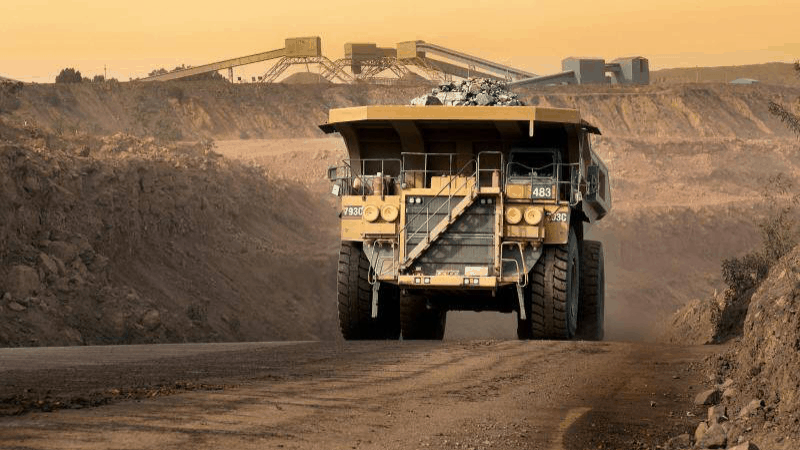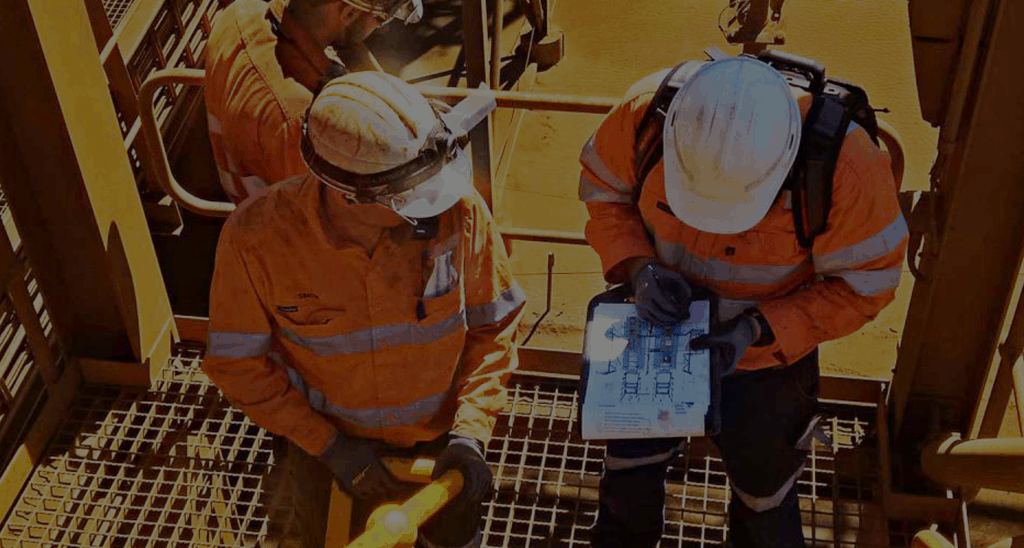Producing high-quality steel consistently is not a simple task. It requires a well-thought-out, well-researched and comprehensive approach to quality assurance, particularly regarding the inspection and maintenance of components critical to the production process. Rigorous quality control procedures must also be implemented to ensure that standards do not slip at any point in the process. Join us today as we explore how to safeguard quality in steel processing.
Critical Components Subject to Regular Inspections
The parts of a steel plant that should be inspected regularly by a trained professional include the key components outlined in the sections below:
Blast Furnace Refractories
Furnace refractories are non-metal materials used as an inner layer in a blast furnace. They are designed to protect the walls of the furnace from the extreme temperatures required to turn iron ore into molten iron at the start of the steel production process. Subject to significant wear and tear over time, refractories must be inspected regularly to ensure they continue to provide the required protection.
Continuous Caster Components
The mould, bearings and withdrawal systems found in a blast furnace’s continuous caster should be regularly inspected and replaced as necessary, to avoid defects in finished slabs and billets that might otherwise be caused by imperfect surfaces.
Rolling Mill Rolls
The rolling mill rolls are subject to extremely high temperatures and pressures when forming and shaping solid steel products. To ensure the dimensions of finished products do not exceed production tolerances, it is essential to replace rolling mill rolls as soon as imperfections are spotted.
Ladle Refractories and Shrouds
Used to hold and transport molten steel during the production process, the ladle refractories and shrouds are subjected not just to high temperatures but to oxidative chemical reactions as well. Because of this, they must be inspected regularly and replaced as necessary to avoid quality issues with the steel being produced.
Electrical and Control Systems
Modern blast furnaces are operated via complex electrical and electronic control systems, which must continue to operate flawlessly if QA/QC issues are to be avoided. Critical system components such as PLCs, switchgear, electric motors and control panels must be included in regular inspections and replaced if faulty.
Key Measures for Quality Control
Effective quality control measures help to reduce the frequency of defects in finished products and for industrial steel production, should include the following:
Process Monitoring
Welding, cutting, machining and all other processes utilised in the fabrication of steel products must all be closely monitored to ensure deviations are noticed and corrected promptly. Failure to correct such deviations could result in significant losses due to finished product defects.
Inspection and Testing
In common with QC best practices for all types of manufactured goods, finished steel products should undergo physical and visual examinations before being released for sale to customers. Without such inspections, it would be impossible to ensure continued compliance with government regulations and industry standards.
Quality Assurance and Documentation:
As discussed above, it is important to implement comprehensive QA procedures to reduce the frequency of defects in finished steel products. Supporting documentation (such as manuals, standard operating procedures and specifications) is also vital as this will help you to demonstrate compliance with all relevant production standards.
Utilising Technology for Consistent Quality
The introduction of asset performance management (APM) and manufacturing execution systems (MES) to your steel production facility will help to reduce unplanned downtime for critical maintenance tasks and ensure consistent quality across your product range. By recording and monitoring all production variables, including the chemistry of the steel used in the fabrication process, the exact temperature at which it melted and the state of all critical components, you should be able to identify production issues before they have a chance to materially affect your bottom line.
Challenges in Ensuring Quality
Rapidly maturing workforces, obsolete blast furnace components and labour costs all pose significant challenges to steel producers who wish to ensure consistent quality. However, through the introduction of innovative new QC/QA solutions such as MES and APM systems, it should be possible to achieve your goal through a process of continual monitoring and improvement. Critical obsolete components should, of course, be replaced as a matter of urgency and new HR policies, which facilitate the recruitment, training and retention of new workers, should be prioritised.
Conclusion
Several critical steps must be followed to guarantee the quality of future steel production in your blast furnace facility, including the implementation of rigorous QC inspections, the inspection and replacement of critical production components and the introduction of new technology. Finally, you may wish to use expert material processing services such as those provided by Bend Tech Group to improve your finished products. Whilst it may be more challenging to produce quality steel in the current economic climate than it was 50 years ago, with the help of new technology and new blood, it’s far from impossible.








About The Author: Highjumpdev
More posts by Highjumpdev